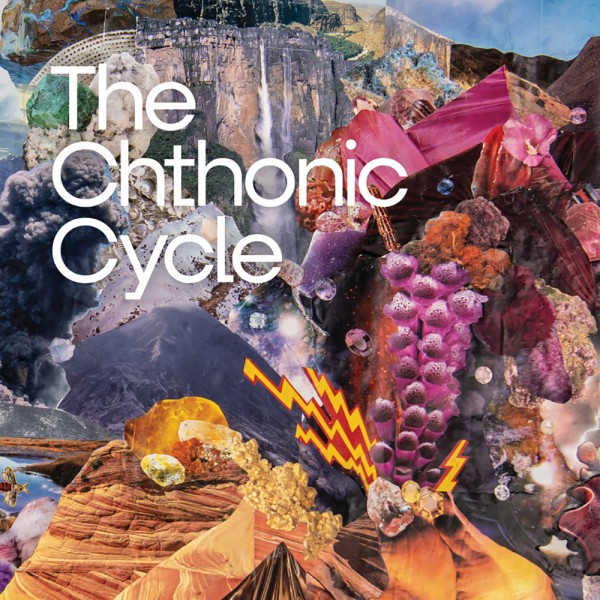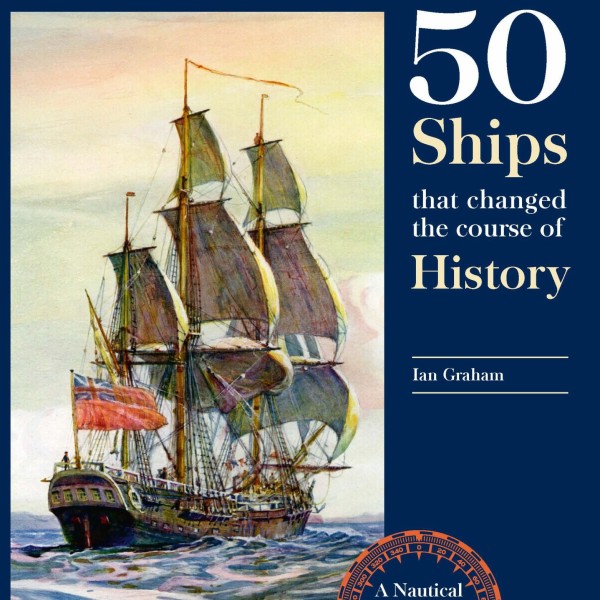
This is Rebekah Burgess’ third poetry collection. She is described as being “possessed by a genuine poetic spirit”, and reading Hope Floats, I found myself agreeing. “Genuine” is surely important and in this case signifies the sincerity of undisguised emotion and a welcome lack of intellectualising feelings and experiences. Missing is trendy social commentary and smart clichés about nothing in particular.
The first of the three sections is titled The opposite of love is fear. The initial poem Reduced is one of her most powerful. About her mother “screaming for her own voice”, it embodies not just her mother’s plight but that of others, especially women, at the mercy of circumstances beyond their control. Strawberries (should be a celebration) makes reference to COVID lockdowns and creates a metaphor memorable for its aptness.
In the second section, titled Peace, a lengthy poem commemorates Burgess’ great-grandfather Donal. The first two lines “The intoxication / Of a country life” set us up for nostalgia, wistfulness, and gratitude. If anything could entice us to exchange our urban life for a rural one, this would be it!
Speaking of rural, we get a centrepiece of prose that amounts to a brief autobiography expanding on the writer’s thankfulness for such a life. It concludes, however, with regret and warnings of the present times and their intimations for a doomed future. We forgot continues the theme, concluding with “we must remember / what life was / our gains / (not social) / are damned / ill-got.” An especially powerful photo emphasises this theme.
Motherhood consists of experiences and reflections on that theme. What a woman carries borders on the philosophical: “just as the one that made me / was always in my mother, /and the one that made her / was always in her mother.”
The suggestion embodied in Burgess’ title is where our writer is coming from. Her cover photo enhances it. Thankfully without anger, aggressiveness, or fancy language, she embroiders her theme with a needle blunted by gentleness and – well – hope.












